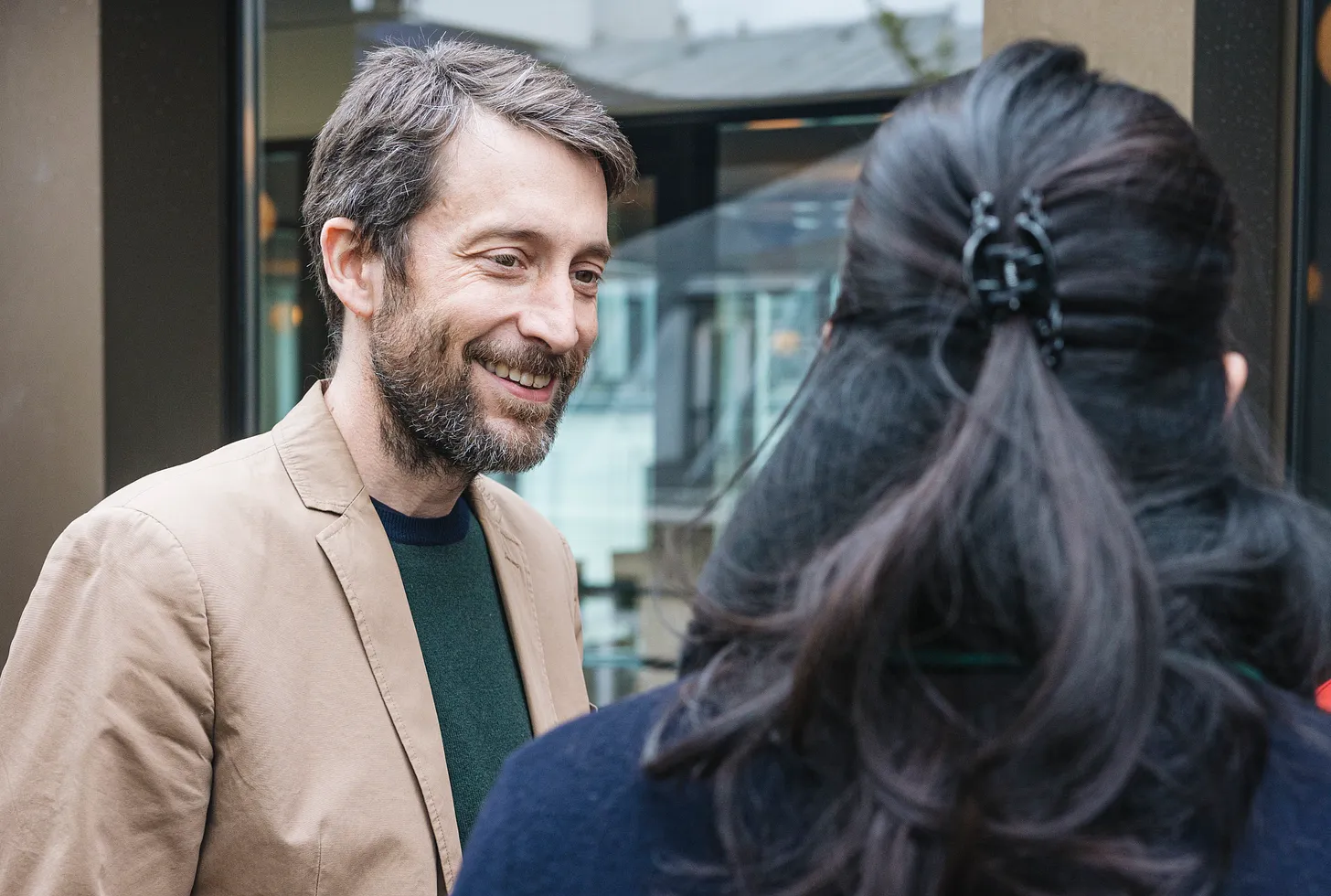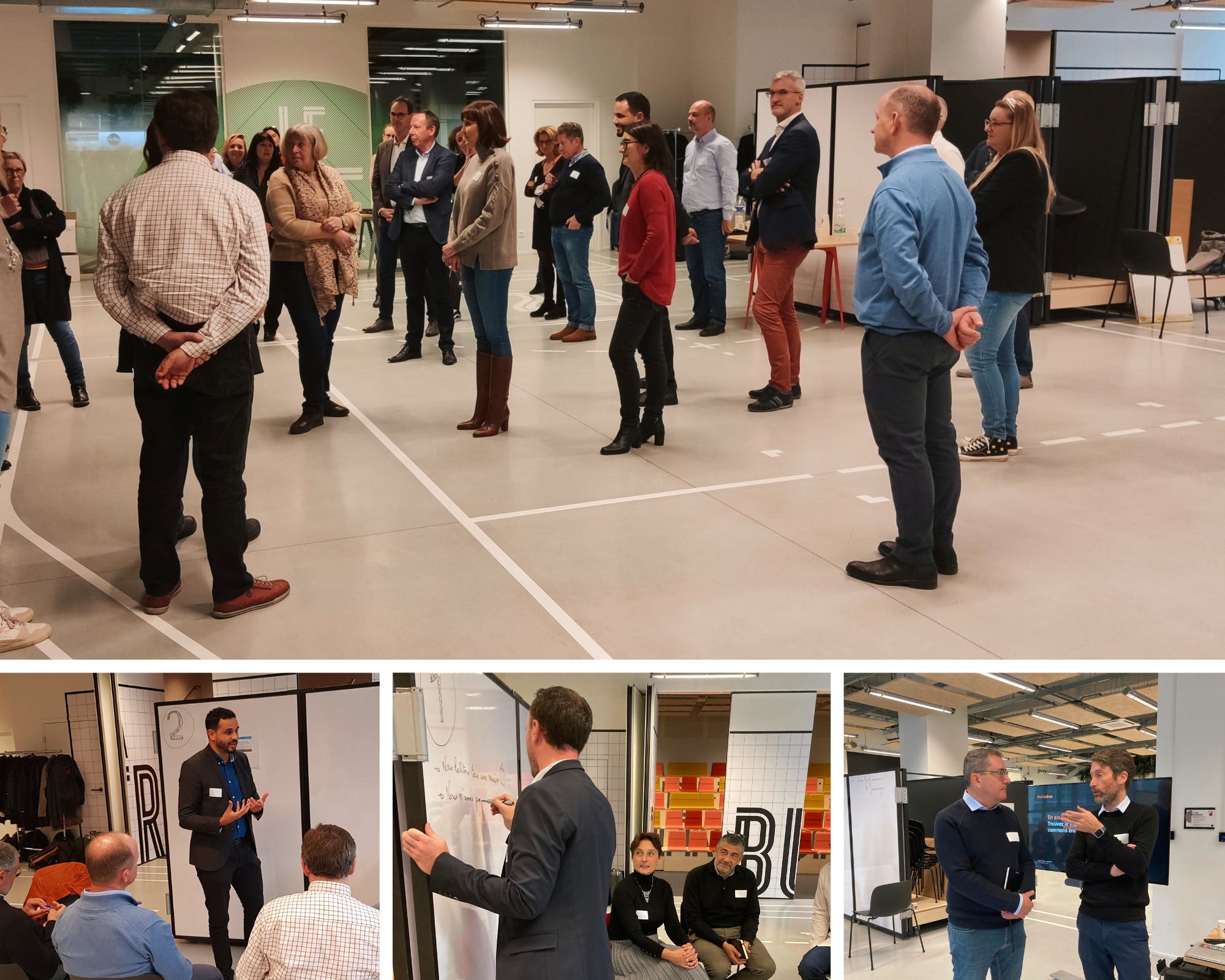How a director can create an engaged community with their brand new team?
One of our clients, an international telecom company, reached out with a common story: small teams previously scattered across multiple entities are now reunited into one single department, and a new director has been appointed. She asked us to create a one-day onsite seminar for the top 30 managers of this new team.

We chose to conduct a few interviews with representative participants, to identify the challenges they are facing:
- people don’t know each other, what they do and who they are
- the everyday tasks are currently so overwhelming, the teams have trouble planning for the future
- members of this new team are geographically located in half a dozen sites across 3 counties, each with their own ways of working
Based on those findings, we worked closely with our client to design a seminar that would answer those challenges.
The seminar took place in Paris, in a coworking space designed for innovative workshops chosen by our client. We staged the room in a very informal way to create a casual atmosphere and thus foster free conversation.
The day kicked off with an exercise to help participants get to know each other, and was followed by information sharing from the new director and the exco members. We wanted team members to feel engaged, that’s why we steered away from the endless speeches, and came up with ways for participants to be active in their listening through forum-like settings and group exercises.

The afternoon workshops were a thoughtful balance between the big picture and the personal. The team got to work on shared goals, stakeholders and priorities, but also took some time to reflect and share how they see the future on a more individual and emotional level.
At the end of the day, they felt like they were one community, with a shared and clear vision for the future while maintaining their precious diversity. The new director got a unique opportunity to create bonds and trust with her team, which is key for creating value while taking care of the human factor.

The seminar generated positive feedback and word of mouth within the participants and their own colleagues. The client is ready for the next steps in her journey, and has asked Fabric to support her during future and bigger seminars.
You recognize your own team and challenges in this story? Or on the contrary, you feel like your position is unique?
Let’s explore the possibilities together! You can write in response to this email or directly book a call with one of Fabric’s partners.
